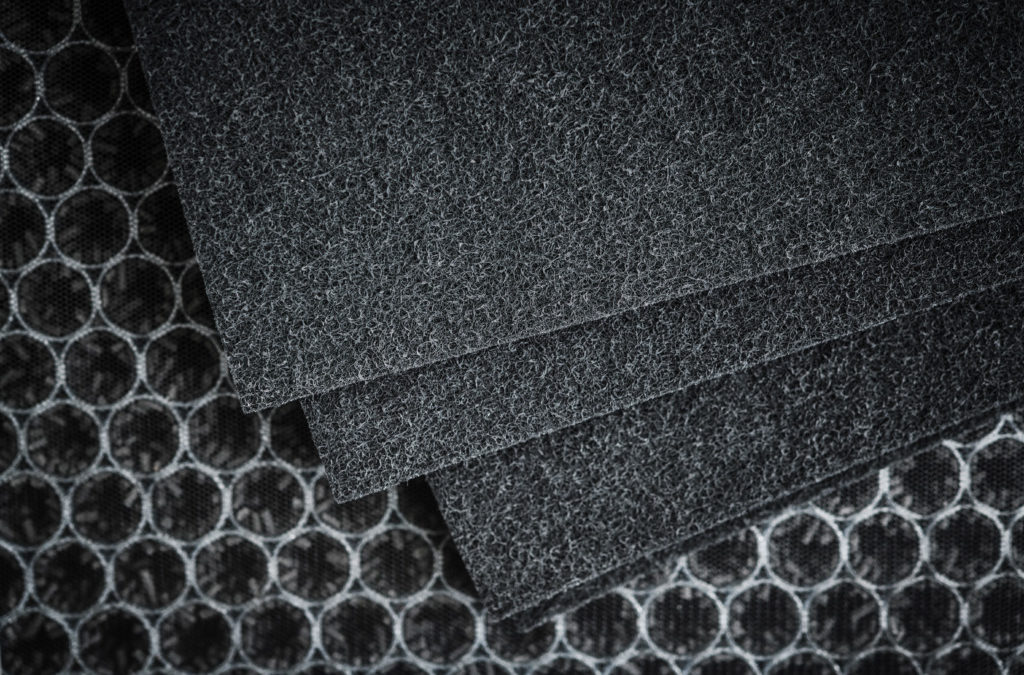One of the most popular, but least understood types of air filtration that is commonly used today in a variety of air purification devices and filters is that of carbon. Carbon is a versatile purification technology that is used in other filtration processes such as water filtration and it works to remove a variety of pollutants from the specific environment. This filtration technology is popularly used due to its inherent ability to filter and remove contaminants from the environment – as well as odors. Unlike other air filtration technologies, carbon air filters work in a specific manner to filter the indoor air of pollutants – and this process is vastly different from carbon’s other competitors such as ionization, ozone, and HEPA filtration.
The general use of carbon in an individual’s life is more prevalent than most people are aware of and when it comes to the different products that contain carbon within their construction the list may just surprise you. Carbon can be used in soap, toothpaste, and other personal supplies that people use just about every single day. Carbon can also be known as charcoal in some cases when discussing air filtration, and both carbon and charcoal can have specific meanings when filtering indoor air contaminants. When carbon or charcoal is used inside of an air purifier or air filter is it the best, most effective option to utilize to make your indoor air safe?
In this article, we are going to learn more about the differences between activated carbon vs activated charcoal in air filters and how exactly the carbon filtration technology works to filter out contaminants from the indoor air space of a home or other personal indoor environment.
Carbon Filtration – What is a Carbon Filter?
Carbon filtration technology works through a method called adsorption which is when pollutants in the air are treated and trapped inside of the pore structure of a carbon media. The raw carbon material is full of other substances, such as organic matter that will fill the carbon material with microscopic holes or pores in the carbon filter media. The carbon process will start by removing these substances and leaving behind a pure carbon – and the microscopic pore sizes that were filled with other substances are now empty, drastically increasing the surface space of the carbon.
The carbon filtration process is designed to effectively capture a large volume of contaminants within its filtered media, with each piece of carbon designed to provide a large section of surface area in order to allow contaminants the most exposure to the filter media. Usually the carbon filter media is activated with a positive charge and is designed to attract negatively charged contaminants present in the air. Some carbon filters are made with pure carbon, while others (the vast majority of carbon filters) are constructed with the addition of chemical additives that make the carbon filter media larger and more porous for the containment and trapping of pollutants on the carbon media.
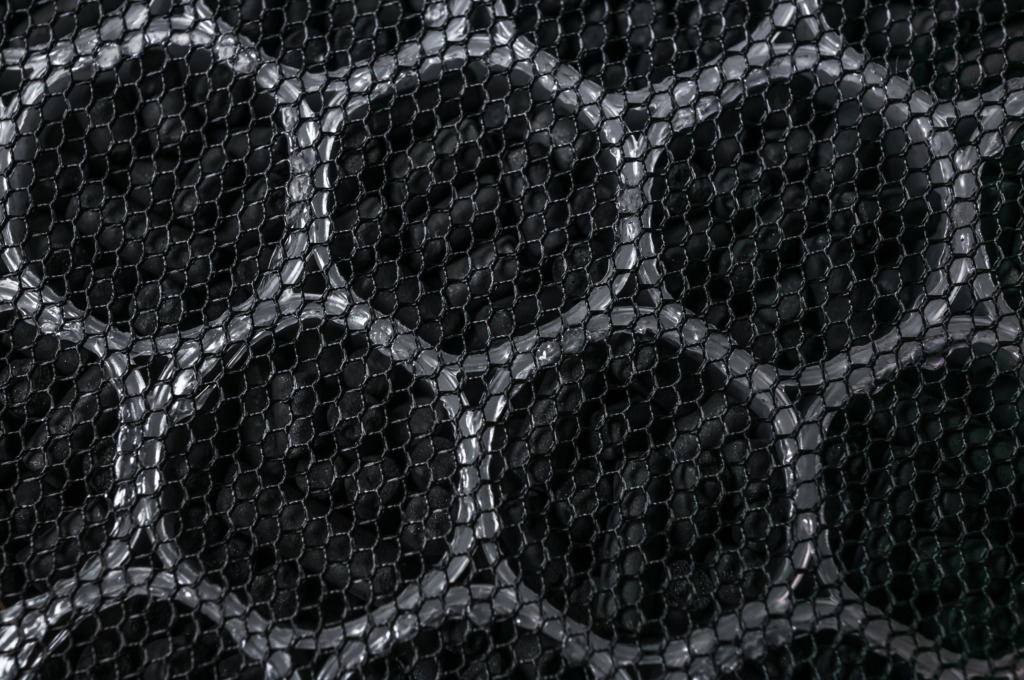
How Does a Carbon Filter Work
As we discussed prior, carbon is a powerful absorbing agent that is able to take in contaminants and draw them into the filter media. The particles/granules of carbon work to provide a large surface area structure on the filter media to maximize the ability to capture contaminants within the filter media – which will in turn help to improve the overall indoor air quality within this specific indoor environment. Approximately one pound of activated carbon contains a surface area of 100 acres.
When the carbon surface is activated to allow the capturing of more pollutants on the media filter, this will mean the carbon undergoes a specific activation method that is a two-stage process. The carbon material (whether that be nutshells, wood, coal, etc.) is carbonized – a process that is heated to around 600 Celsius in an environment absent from oxygen, allowing it not to burn and then be activated. When the carbon is exposed to an oxidizing agent like oxygen, steam, or carbon dioxide in a superheated environment it will activate the carbon site which will open up pores on the surface of the carbon and greatly enhance the surface area. Thus, when there is a higher surface area it will give the carbon a positive charge, which will attract particles that pass through the filter and bind them into the media surface of the carbon.
What is Activated Charcoal Made Of
Activated charcoal is one of the most common media of adsorption used on filters for air quality control and contaminant reduction in an indoor air space. The reason behind the popularity of activated charcoal is due to its inherent ability to adsorb most organic chemicals because of the large surface area created by the added activation on the carbon/charcoal surface. And when it comes to the capturing and containment of gaseous compounds present in the indoor air space, the activated charcoal will work quickly and efficiently to trap these pollutants on this activated filter media.
In some cases, the charcoal/carbon material will be treated with additional chemicals during the activation process of this material – and this will be through the use of a chemical known as potassium permanganate. Potassium permanganate is used on activated charcoal filter media to help entice the reaction between the carbon media and oxidation of polar or lower molecular weight compounds. In addition, many manufacturers also use this chemical additive on carbon filters to help provide the filter with a longer service life for those Customers who do not wish to change out their filters on a more frequent basis. However, this is to the expense of your environment which is now utilizing a chemical agent to trap other chemicals within the air space – which many Customers are vehemently against.
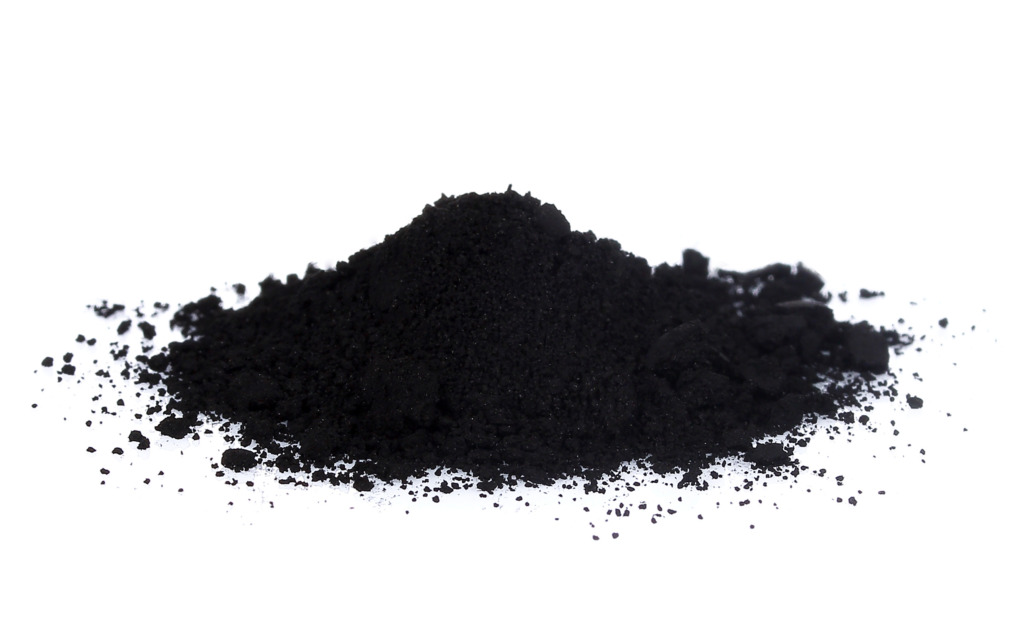
Activated Carbon vs Activated Charcoal
Two commonly interchanged words when it comes to carbon filtration is that of activated carbon and activated charcoal. When discussing carbon air filtration, you will tend to hear both of these specific characterizations stated, which can lead to many questions on whether they both mean the same thing or if they each have their own meaning when used in filters to clean the indoor air. An activated carbon air filter is a highly porous substance that attracts and holds organic chemicals within the filter media. The media is created by burning the carbon material without oxygen which makes the carbon “char”. The char is than treated chemically to develop porous holes inside the carbon that allow the filter media to capture more pollutants in the material over time.
The activated charcoal is the same thing as activated carbon, with both of these words being synonymous with one another. Thus, if someone says activated charcoal or activated carbon, they are speaking of the same filtration process.
What Do Carbon Filters Remove from Air
Before you purchase an air filter for your personal indoor environment, it is important to learn what the filter is able to remove from the air and how the technology works to filter the indoor air of pollutants. When talking about activated carbon filtration technology there are two specific types of pollutants that this technology is known for working against effectively in the air; volatile organic compounds (VOCs) and odors.
Volatile organic compounds are gaseous compounds that float in the indoor air space and taint the air quality as they begin to off-gas into the air. These VOCs can enter into a home from drying paint, cleaning products, cigarette smoke, and even building materials. Chemicals such as benzene, toluene, xylene, and formaldehyde are just a few well-known VOCs that can be present in the indoor air of a home. Carbon air filters, however, have been proven effective at filtering these VOC’s from the air.
Odors are another airborne pollutant that activated carbon filters can help to eradicate from the indoor air space. Other air purifiers like mechanical air purifiers can only filter particles and not the odors in the air. Therefore, that is why carbon filters are the ideal choice for removing smells and odors from the air.
Are Carbon Air Filters Safe?
A major debate that has consistently been battled is the safety of the carbon technology used for air filtration in a personal indoor environment. Although carbon is among one of the most popular choices for air purification and filtration, it has also been known to produce potentially hazardous effects into the indoor air as well, which can lead to compromised health for those occupants in the environment over time. The carbon technology has been compared to that of a sponge, given the carbons incredible ability to absorb pollutants into the carbon media filter. However, similar to that of a sponge, the carbon filter will also work by weight like a sponge and will begin to release the chemicals and/or pollutants back into the air when the filter media is full.
As chemical pollutants are released back into the indoor air that the carbon filter once collected it can lead to a toxic environment once again. This can be very threatening to the indoor environment and the occupants in this enclosed environment who are under the assumption that their indoor air is clean and free of pollutants due to the carbon filtration technology used in this space.
Ionizing Filter vs Activated Carbon
When it comes to selecting different air purification technologies to use in an indoor environment, the top choices for consumers includes carbon filters, ozone generators, HEPA filtration, and ionizing filters. Ionic filters work by sending out negatively charged ions that bind to positively charged pollutants in the air. When these pollutants collect on the negative ions it will accumulate and eventually, the pollutants will gather and weigh them down to fall onto surfaces. Although this air purification technology works to trap and collect particles from the air, it will also work to produce potentially dangerous byproducts into the air.
Ionic air filters and ionization filters release byproducts into the air known as ozone gas into the air. Ozone gas is considered to be a dangerous gas that when inhaled in high enough doses can have harmful effects on human health including potential damage to the lungs, coughing, and/or shortness of breath, according to the Environmental Protection Agency (EPA).
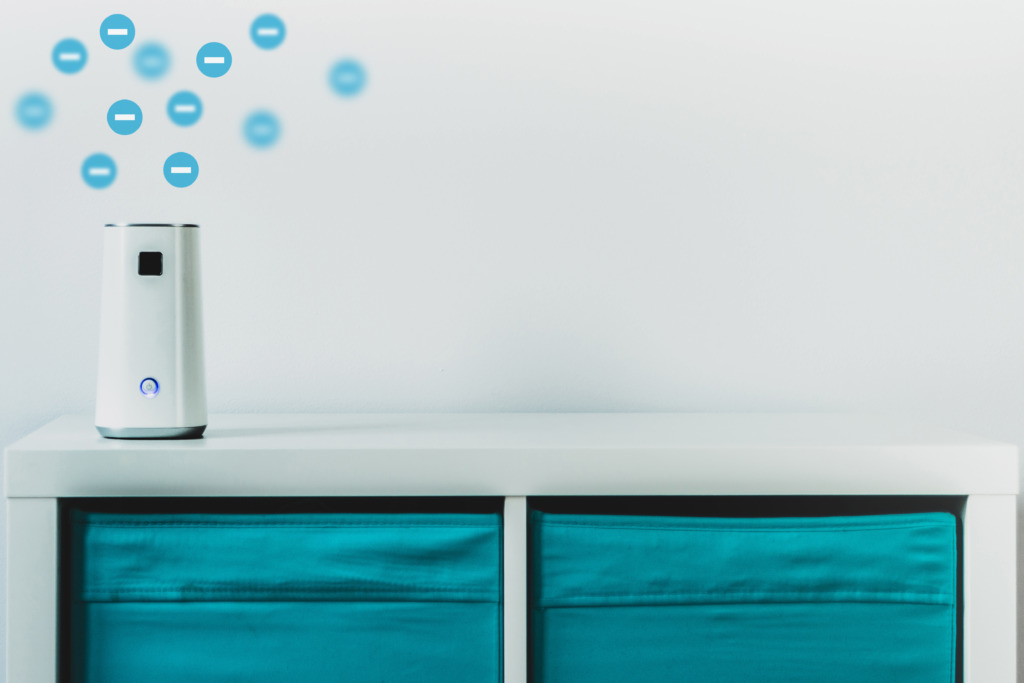
Carbon Filter vs Ozone Generator
Along with ionizing filters, ozone generators are another well-known, heavily used air filtration technology that is used in many air purifiers and filters for indoor air spaces. Similar to the ionizing filters, ozone generators also produce byproducts of ozone gas into the air that can be hazardous to the environment and to the health of those exposed. Ozone is a molecule that is composed of three atoms of oxygen, whereas the basic oxygen molecule is composed of two oxygen atoms – thus, ozone can have a hazardous effect on human health when and if inhaled into the body.
According to the EPA, ozone can affect human health in multiple ways which can include irritating the respiratory system, reducing lung function, inflaming and damaging the lining of the lungs, aggravate asthma and allergies, and even aggravate other chronic diseases like emphysema and chronic bronchitis. Due to all these potential health risks of ozone byproduct emissions in the air, ozone generators may not be the best option for your home that is inhabited by multiple individuals.
EnviroKlenz® Filter Compared to Carbon Filters
Over the years, new and innovative technologies have been created that have been integrated into the air filtration marketing sector to provide additional air quality solutions for consumers and business owners to purify and clean their indoor air safely and effectively. Among these new air filtration technologies is the proprietary EnviroKlenz® earth mineral technology. EnviroKlenz works through a patented process that enables their proprietary earth minerals the ability to capture, contain, and neutralize a broad spectrum of noxious and toxic chemicals and odors without the use of chemicals, byproducts, or masking agents.
The EnviroKlenz HVAC Filter utilizes this proprietary earth mineral technology to give the filter its ability to filter and remove those noxious and toxic chemicals and odors from the air, completely destroying these pollutants rather than storing them on the filter media like carbon filters. Along with the ability to capture particulate matter as well on the EnviroKlenz HVAC Filter, this provides full-spectrum coverage in your home’s air system with the added ability of a longer-lasting filter that can effectively work for 5 to 6 months in your air handling system.
The EnviroKlenz technology is also available in other air quality solution products that include the EnviroKlenz Mobile Air System and EnviroKlenz Mobile UV Air System!
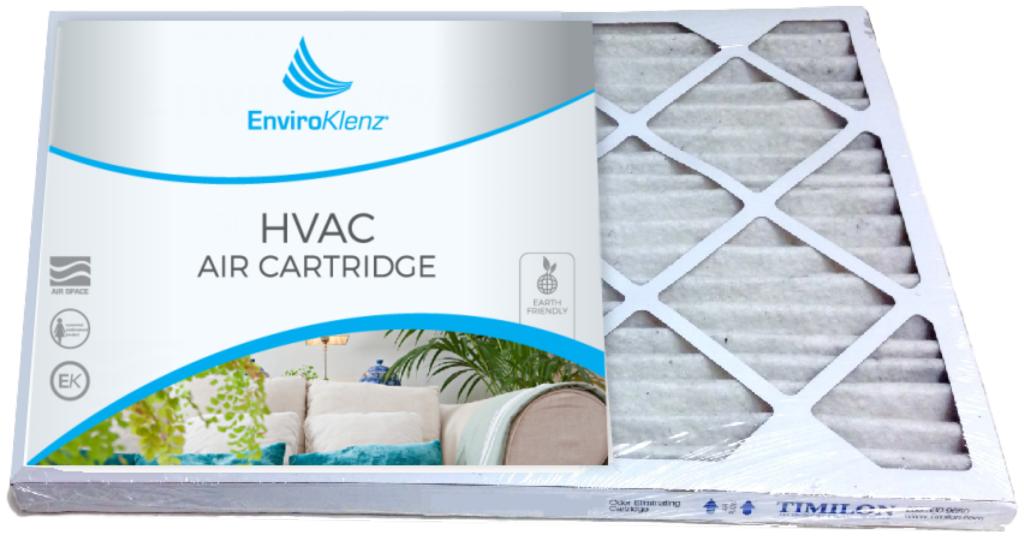
Article Sources:
HVAC Filter
$99.00

✓ Patented earth mineral technology works to attack VOCs and break them down on a compound level
✓ No chemicals or masking agents
✓ Will not release any chemicals back into your environment
✓ Lasts for up to 6 months – depending on the environmental conditions in the indoor environment.

